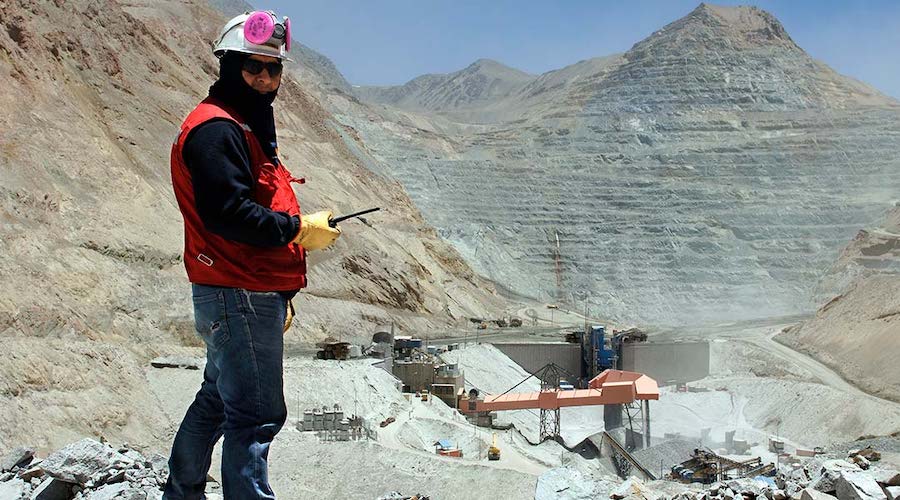Copper union digs in for just reward at Antofagasta’s prize mine

If initial exchanges are any gauge, wage negotiations at Antofagasta Plc’s top copper mine will be tough, giving traders of the metal plenty to ponder in a tight market.
The company owned by Chile’s richest family managed to escape strikes at two of its other mines last year with eleventh-hour wage deals that included signing bonuses of more than $20,000 for each worker. The stakes are higher at Los Pelambres, Antofagasta’s prize asset.
Management and union representatives are preparing to sit down at the negotiating table after each side delivered an initial proposal. Union leaders weren’t impressed, saying the offer is out of whack with the mine’s status as the group’s biggest, lowest-cost and most profitable operation.
“The company in its formal response has limited itself to respecting only the minimum floor, without considering any of the points raised by the union in its proposal,” they wrote in a letter to the 400-plus members.
Talks at Los Pelambres are the latest in a slew of collective bargaining at Chilean mines, which account for a quarter of the world’s copper. So far, Chile has managed to maintain output through the pandemic thanks to measures including on-site staff cutbacks and changes to rotations and shifts, with only one mid-sized mine hit with a strike. That’s helped keep Chinese refineries supplied at a time of strong demand and multi-year high prices.

But high prices and profits and the sacrifices of working through the pandemic have given unions ammunition at the negotiating table. In its last quarterly report, Antofagasta boasted that Los Pelambres had a strong year with production at the top end of its guidance and costs beating forecasts. Those words are bound to be used by union leaders to justify outsized increases in pay or bonuses.
On the flip side, mining companies are looking to contain costs, with high copper prices still vulnerable to demand setbacks as the world struggles to shake off the pandemic.
(By James Attwood)
{{ commodity.name }}
{{ post.title }}
{{ post.date }}

Comments